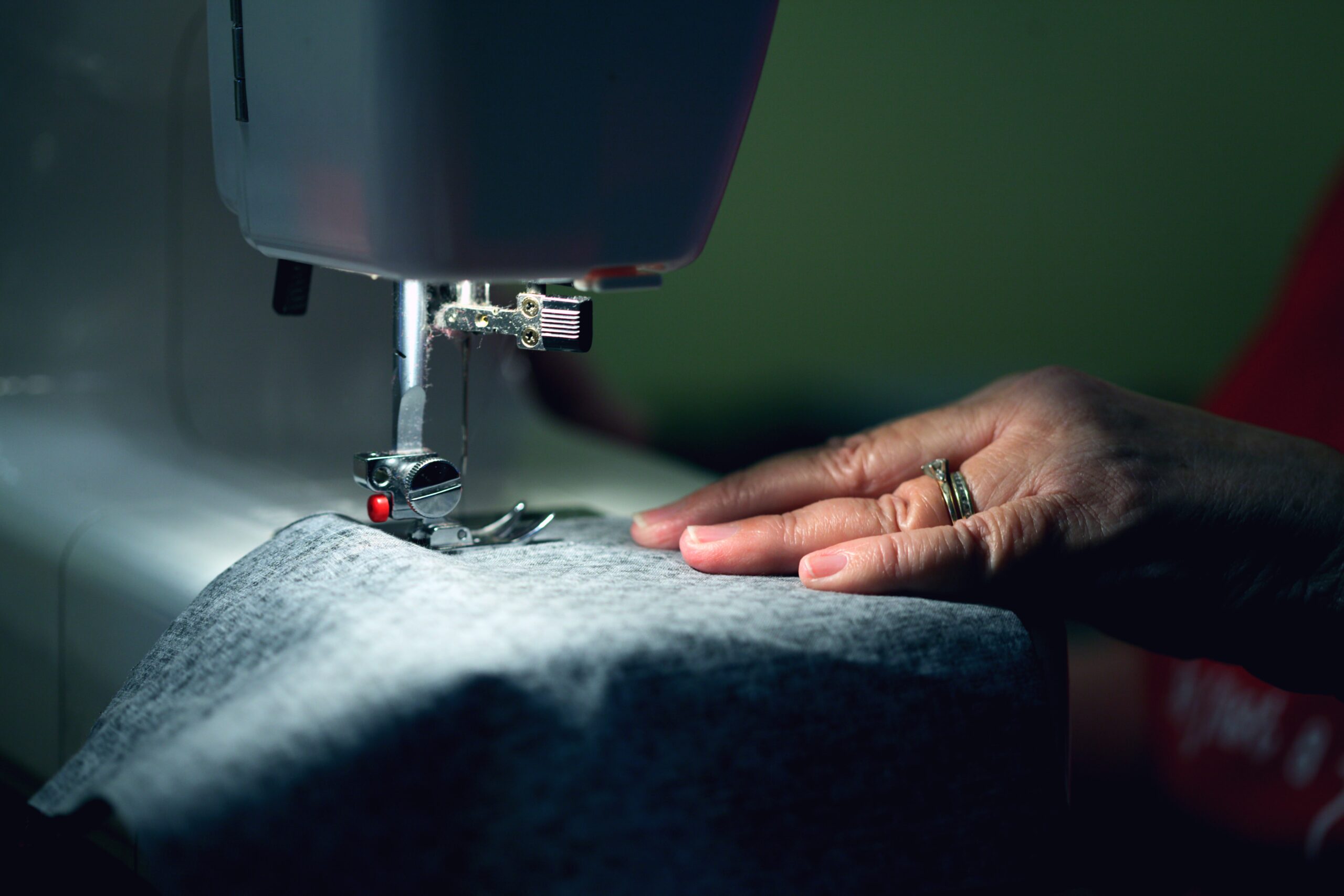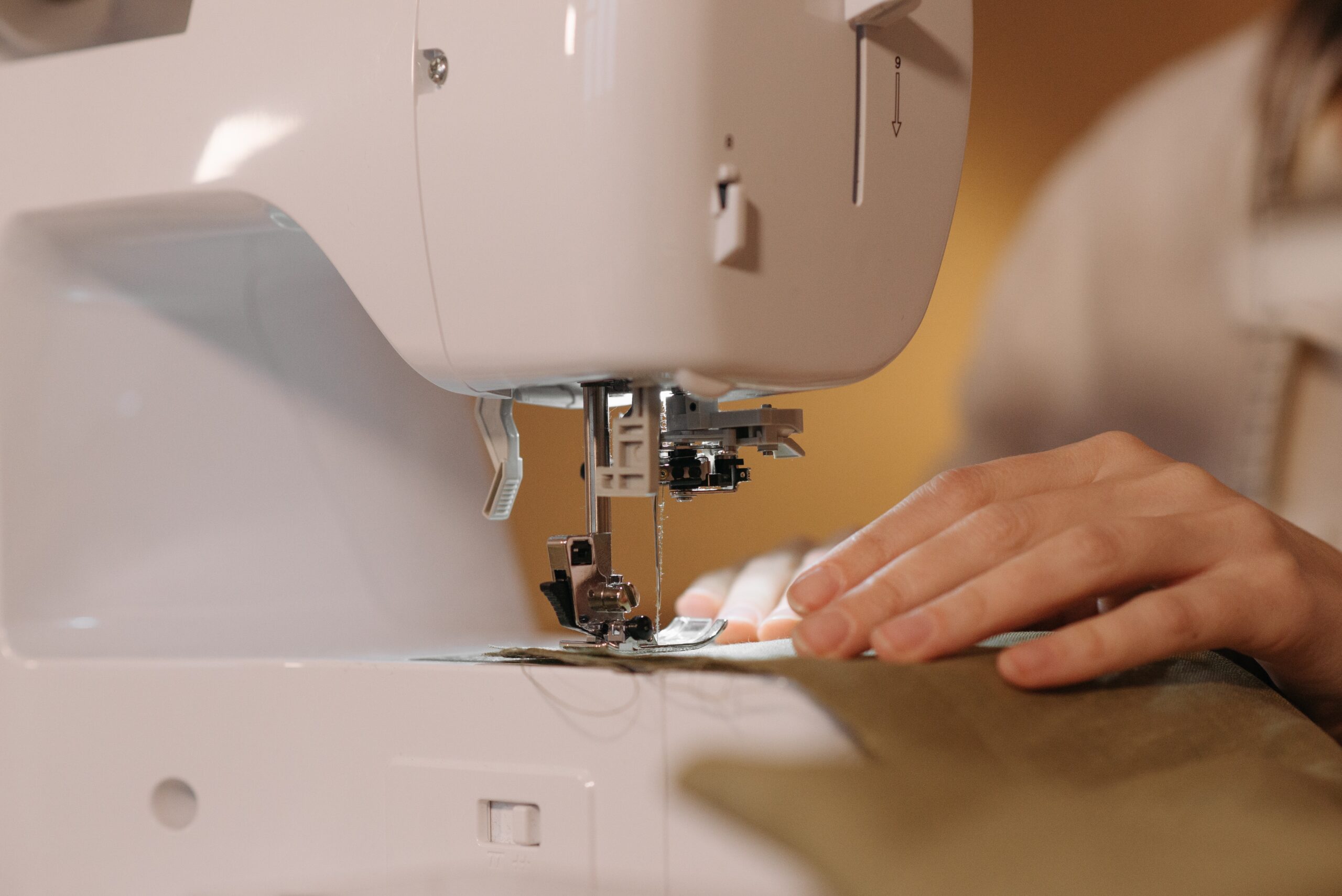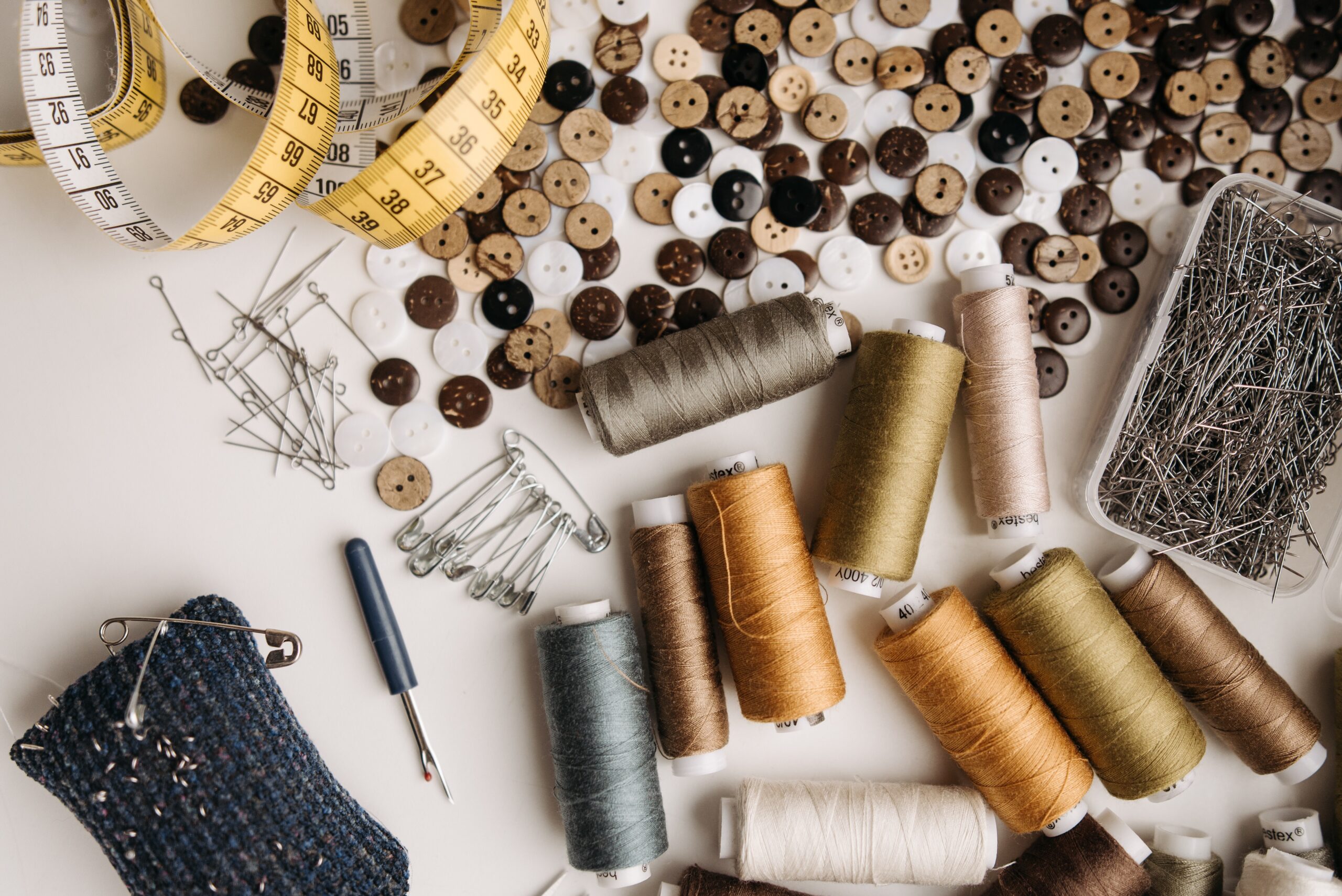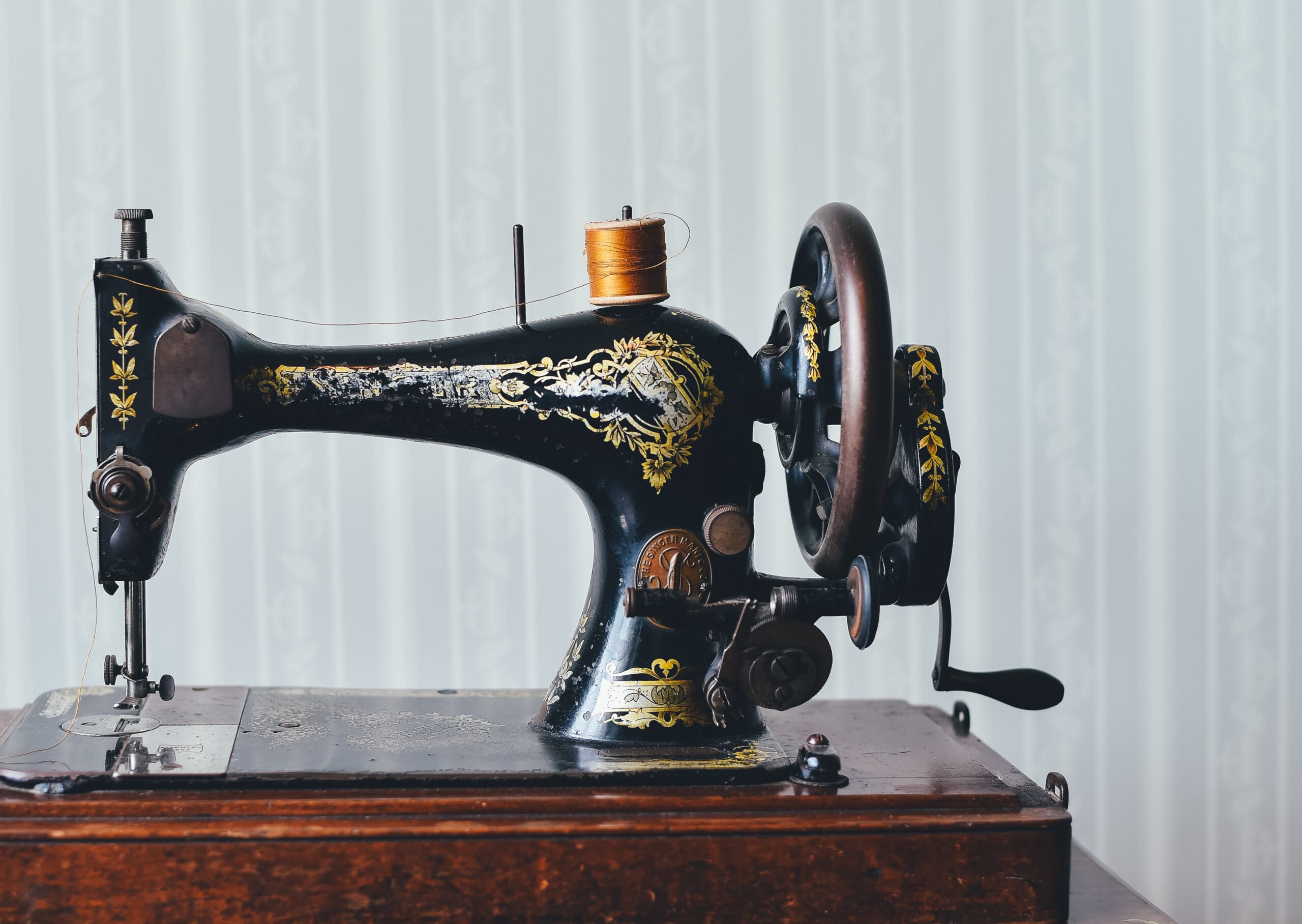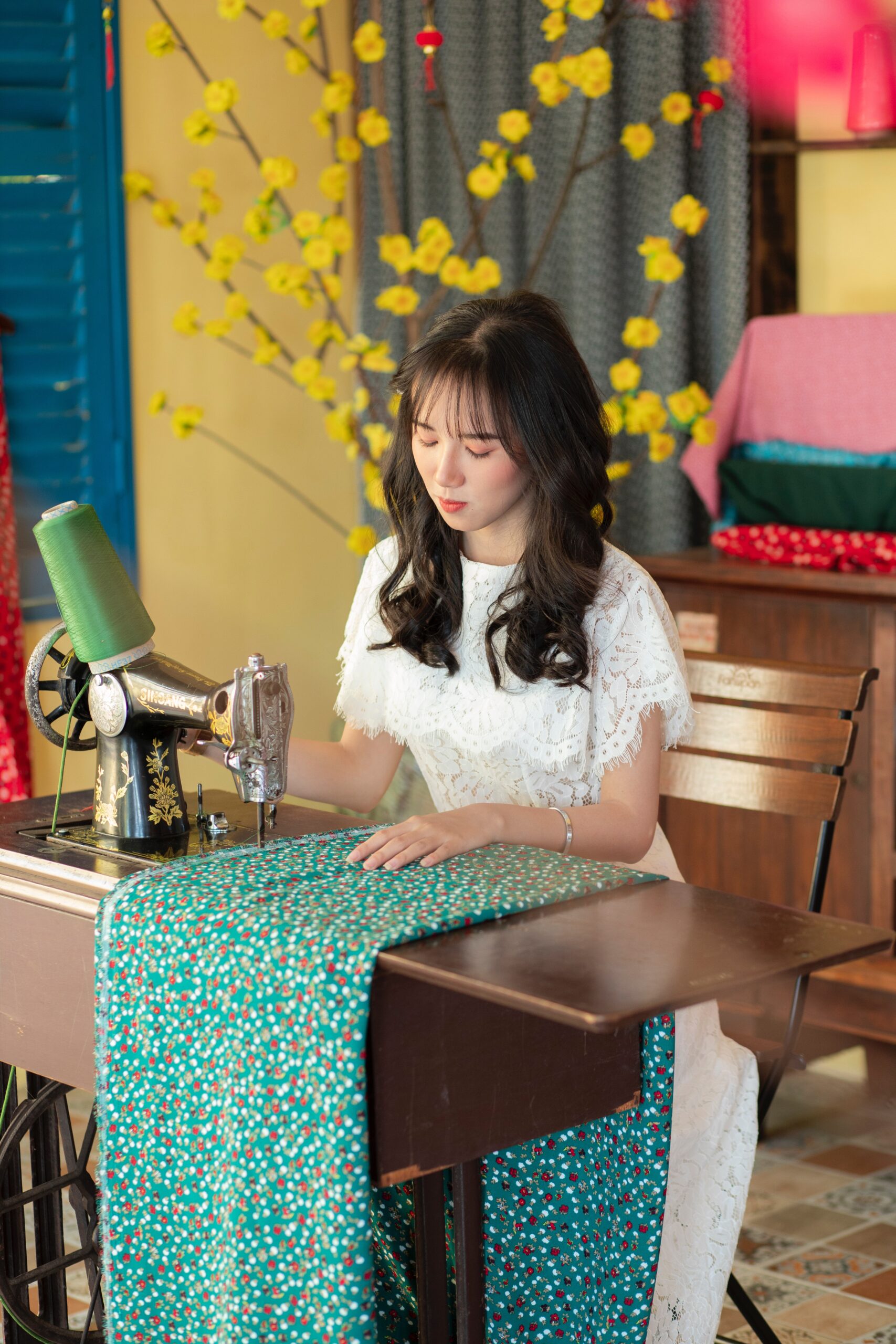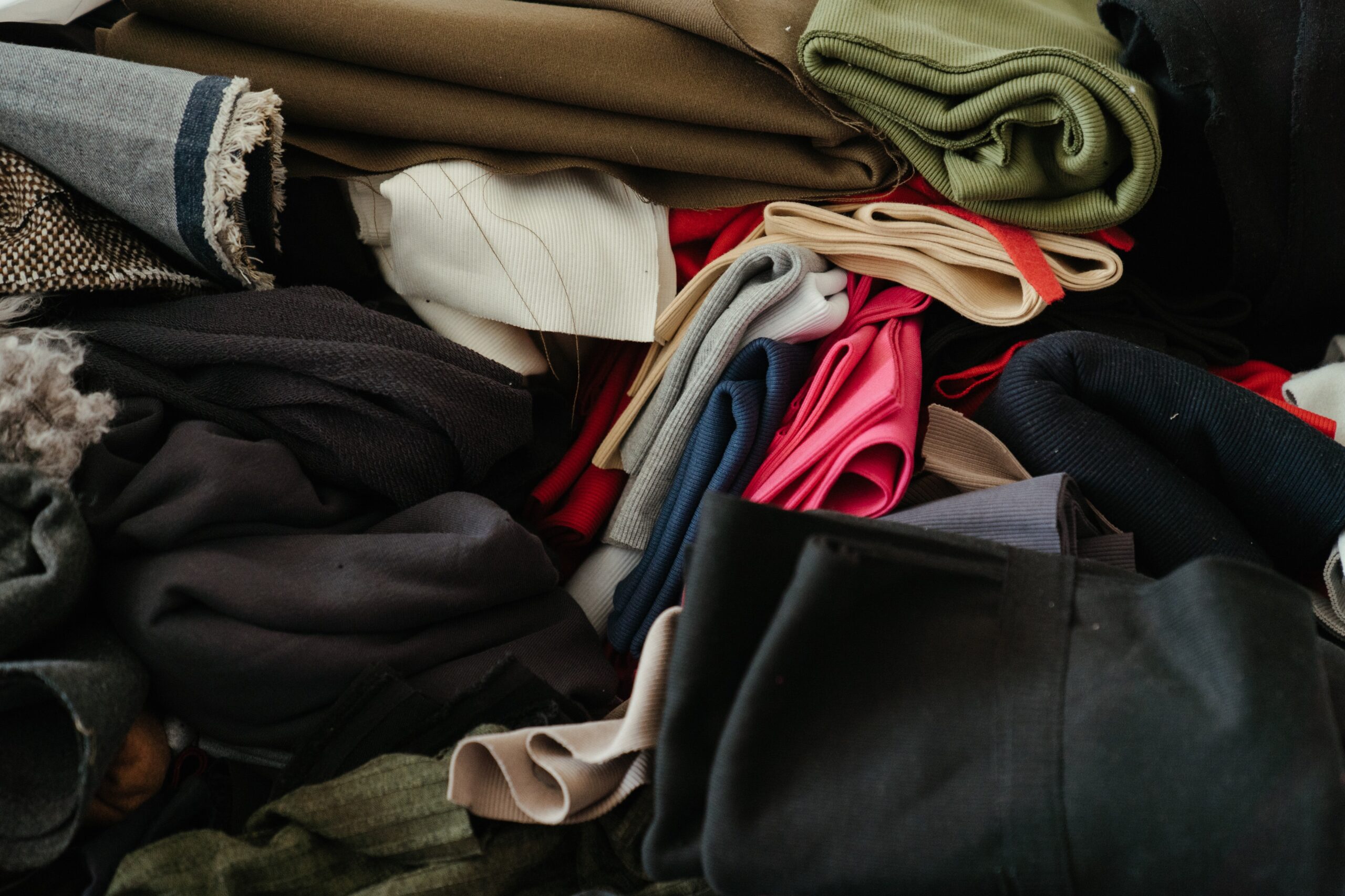Sewing mistakes are more common when starting how to sew and embarking on a sewing journey. Most sewing mistakes happen along the journey of sewing, and these are things that you could fix most of the time.
Learning how to fix them will take some trial and error and some research of your own. Moreover, the best way to learn is sometimes to do it.
But all of them have simple solutions most of the time. This list will help you better understand some sewing errors that people frequently make and might be making.
Sewing with a blunt needle
Do you use the same needle over and over again? Did you know that it might cause folds or damage to your fabric?
The needles lose their sharpness after a few projects and may even become chipped, sometimes without our awareness. A fabric fiber can be caught and pulled out by a needle with a chip, ruining the fabric.
How to fix this? Pay attention to the machine sewing noise. When the needle passes through the fabric, can you hear a popping or a clicking sound? It means the needle is struggling to pass through and is becoming blunt.
Get into the habit of checking and changing your needle regularly. You spend a lot of money and time on dressmaking, it would be a shame to have an issue because of a blunt needle.
Sewing machine needles are recommended to only be used for 6 to 8 hours of sewing before being replaced with a new one. It will ensure a more accurate and seamless finish.
The needle unthreads itself
When you place your foot on the pedal after only briefly threading the needle, the thread suddenly decides to come out.
How to fix this? Before you start, remember to have a few inches of thread pulled through the needle and out toward the back of the machine. Also, before stitching, check the needle if it is at the highest position.
Sewing with the wrong needle and thread
Many sewing mistakes are caused by using the incorrect sewing needle and thread for your project. It may result in skipped stitches, damaged needles, knots at the bottom of the fabric, and other issues.
How to fix this? When sewing most kinds of garments, you should use an all-purpose thread made of 100% polyester. Check the label carefully since some threads, like rayon, silk, and quilting thread, are not to be used to make clothing. Ballpoint or jersey needles work best when sewing knits, while universal needles are mostly used to sew natural fibers.
Using the wrong tension on your sewing machine
Adjusting tension for your fabric might be a tricky thing to do. Sewers frequently complain about tensioning, which is a difficult skill to master and which even the experienced ones occasionally struggle with.
Remember that the tension on a sewing machine is set in two places, one on the top of the machine and is set by adjusting the dial, and the second is in the bobbin case for adjusting a screw. If you change one tension without balancing the other, the stitch quality will cause a problem. These two tensions need to be balanced.
How to fix this? You can sew test fabrics first to check your tensioning is correct. You can take notes of your settings before you start trying to adjust tension dials.
In addition, if you have a problem with the stitch finish when sewing, you can un-thread the machine’s top and bottom, put in a fresh needle, and thread up from scratch.
Sewing seams on the wrong side and not pressing them
When sewing seams, you frequently reverse your work and work on the inside of your garment. It can be challenging to become used to this technique, but it is crucial to sew seams on the correct side.
Nevertheless, you do not want your project to have uneven and crooked seams.
How to fix this? When using patterned fabrics, remember that when you reverse them, the patterned sides will end up on the outside. Additionally, practice pressing your seams as you go, before joining seams and ironing your fabric before you start. It will make the appearance of your project look a lot more professionally done and lessen the possibility of puckering.
The threads are tying themselves
Another sewing mishap occurs when the thread knot ends on the fabric or becomes stuck in the machine. To get it, you have to yank it out or even unscrew the needle plate.
How to fix this? Before you begin sewing, make sure that both bobbin and spool threads are pointing in the direction of the back of the machine. Otherwise, they can get twisted up in the stitching.
To avoid leaving gaps in the stitching, start sewing a few millimeters in rather than right on the edge of the fabric. If there is not enough fabric under the needle, when you begin stitching, the spool thread will tangle with the bobbin thread and create knots.
Using the wrong bobbin
Another common issue is the sewer using the wrong bobbin for their project. Older singer bobbins, whether made of metal or plastic, can jump around and cause tension issues.
A machine that uses a metal bobbin should use a plastic bobbin. If metal bobbins are the wrong size, they may scratch bobbin cases. Old metal bobbins that are rusted or dented may catch the thread while sewing and cause problems.
How to fix this? Do not use old bobbins from other machines, and check the user manual to determine which bobbin to use.
Using the wrong presser foot
The presser foot keeps the fabric in place so you can always sew cleanly. The garment will jump around if the presser foot is not in the “down” position before you start sewing, and it will not be as easy for it to “walk” backward, which could result in you getting bunched up with your threads in a tangled mess.
The problem is people using their fancy stitch foot instead of the standard presser foot. Most sewing machines have a clear plastic fancy stitch foot. Moreover, a fancy stitch foot is designed to travel over raised stitches and has a wide groove on the bottom. Normal sewing stitches leave a gap under the foot, which allows the fabric to move, causing a problem with the quality of the stitching.
How to fix this? Only use a fancy stitch foot when sewing built-up stitches. Otherwise, use a standard presser foot.
Turning the hand wheel the wrong way
Always turn the hand wheel in your direction. If you are correcting the needle positioning, you can rock the sewing machine needle back the other way, but you should never spin the hand wheel away from you when stitching. You cannot “unsew” because it would increase the likelihood of the thread becoming tangled.
How to fix this? Do not turn the hand wheel the wrong way.
Inaccurate cutting of the pattern
One of the worst beginning sewing mistakes is inaccurate cutting. Fabric waste, frustration, and issues with sewing can all result from incorrect fabric cutting.
How to fix this? Make sure you align precisely with fabric grain lines. Put your cloth down on a flat surface, making sure your fabric is not hanging over the edge of the table when you set it down because this could cause it to lose its shape.
If you need to cut on the fold, ensure the fold is on grain. Before cutting, always check twice if the pattern pieces are perfectly aligned with grainlines, then pin them all around.
Not preparing the fabric
It is essential to prepare your clothes before starting the project. This is because some fabrics require washing or even dry cleaning. For instance, wool must be dry cleaned, and denim must be machine washed. Some clothes can shrink after washing them, and if you have not prepared for it, then your garment will not fit when it is made. Moreover, other fabrics do not need any prep before using them for your project.
How to avoid this? Before purchasing a fabric, make sure to ask whether it requires preparation or any special indications.
In conclusion, by avoiding these mistakes, you get to enjoy your sewing journey more and keep your machine from needing maintenance or repairs.
Lastly, do not forget to take a break when sewing, especially if you are struggling with something, in particular, that does not seem to have a solution. Make yourself some tea, rest, and come back the next day. You will see to find new solutions with a well-rested mind.

